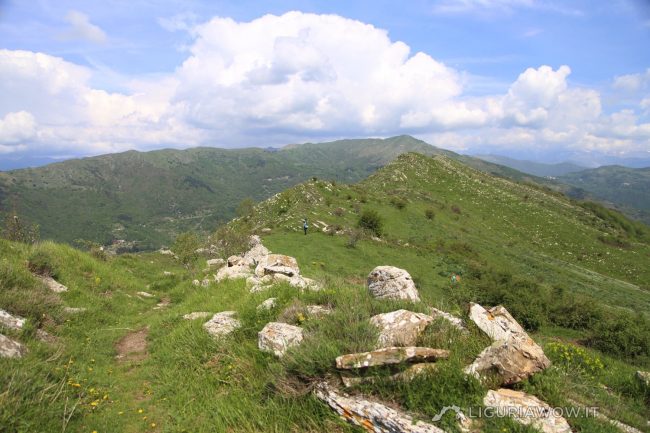A shrine along the ancient road The church of Madonna della Neve stands along an ancient mule track that connected Villatalla to the ridge road and the Argentina Valley. Testo a cura di Nicola Ferrarese, immagini di Nicola Ferrarese
Continue readingMore TagCategory: Prelà
Santa Marta
Between the Prino and Argentina valleys The Sanctuary of Santa Marta rises along the ancient mule track that connects the Prino Valley to Montalto and the Argentina Valley.As often happened, it is possible that the sanctuary was built to “exorcise” a previous place of worship: the area show various traces of the first Ligurian populations. […]
Continue readingMore TagTavole
In a valley that saw the beginnings of the Ligurian civilization Tavole is an hamlet of Prelà, whose valley was colonized by tribes of the Ligurian Montani and Epanteri, followed in 205 BC. by the Ligurian Ingauni, coming from Albingaunum (Albenga) and by the Roman colonization. Built along an important communication route, which connects Val […]
Continue readingMore TagNeviera di Villatalla
A snow pit doomed to disappear The “neviera” in the forest above Villatalla is the last one of the Ponente Ligure to still present a stone roof, although badly compromised. In this large well, snow crammed during the Winters of the Little Ice Age could be preserved till the warmer months. Neviera di Villatalla by […]
Continue readingMore TagVia Marenca
The thousand-year-old highway The Via Marenca is a route that connected Piedmont, France and the northern regions with the coast, allowing people to move and trade, primarily salt. A stretch of great strategic importance connected the villages of the Impero, Maro and Prelà valleys, reaching Oneglia, the landing point of merchant ships even before th […]
Continue readingMore TagStele of Tavole
Witness of an archaic culture The stele located a few meters away from the mule track, near the junction between the villages of Novelli and Revelli. This 3 m long stone resting on the ground has been identified by Dr. Gabriella Stabile Re as an anthropomorphic aniconic stele: it has human features but without incisions […]
Continue readingMore TagValloria
The village with painted doors Valloria is a medieval village of the “Vallis Aurea”, a name that derives from the color of olive oil, cultivated here for centuries. In the tiny alleys, called “carruggi”, peasant history marries art: around the nineties the Amici di Valloria association conceived an annual event in which several artists are […]
Continue readingMore Tag





